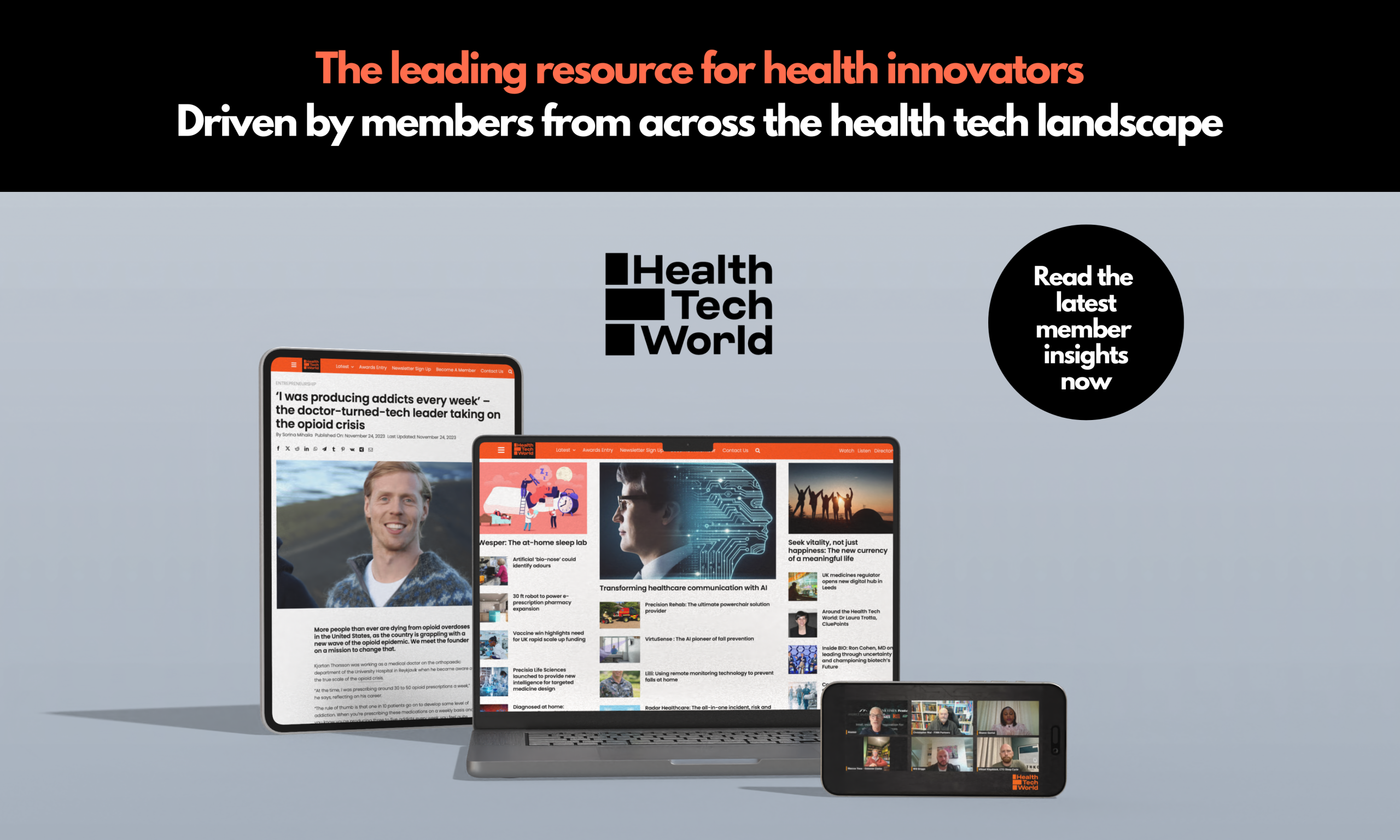What it takes to make the promise of healthcare innovation a reality

By Jess O’Dwyer, General Manager Europe, Pocketalk
When it comes to modernising the NHS, there’s no shortage of ambition.
Yet, while plans, pilots and proposals make headlines, the intricacies of being innovative in the healthcare sector must be realised and the challenges of introducing that innovation must be addressed.
Let’s take language translations as an example.
Diversity across the UK, particularly in areas like London, where over 300 languages are spoken, is something we should be proud of, but it also presents daily challenges for healthcare professionals.
Language barriers can have an effect on care response times, safeguarding, diagnosis and treatment, especially in emergency situations..
At Pocketalk, our focus is on addressing those challenges, and over the past year we’ve been supporting both primary and secondary healthcare organisations across the UK and Ireland, integrating technology into their suite of translation services to support staff and offer more patient-centric care.
What the experience of embedding our enterprise grade technology into a healthcare system has shown us, is how complex, diverse and multi-layered the NHS is.
It’s also highlighted what a powerful enabler technology can be and how, when it’s integrated and used by people who understand its capabilities and feel safe using it, it can transform the healthcare experience.
NOT A ONE SIZE FITS ALL
When we look at the example of language translation in healthcare it’s important to point out that this isn’t about only using technology – it isn’t a ‘one size fits all’ situation.
Rather the system needs a number of solutions that can be accessed and applied to each individual scenario.
Current solutions, such as human interpreters, are valuable but they are often limited.
They can be costly, difficult to schedule, and not always readily available for minority languages.
For context, according to the Taxpayers’ Alliance, interpreters are costing NHS Trusts over £100 million every year. Even with that investment, there are still gaps.
Those gaps are the little conversations; the missed communication – where is the toilet? Could I have some water? Am I allowed to eat before my appointment? Where should I store my medication at home?
These situations don’t warrant the cost or delay of scheduling a human translator, which is why clinicians are increasingly forced to improvise, often using unapproved or insecure workarounds.
Research that we conducted with 500 UK healthcare professionals found that many frontline workers resort to personal devices to use tools like Google Translate for speed, as a last resort, despite NHS guidance clearly advising against using unapproved solutions.
Beyond obvious accuracy concerns, using unauthorised tools could pose serious risks around data protection, privacy and compliance.
Sensitive medical information can end up being stored on unauthorised devices, potentially breaching GDPR and putting patients and healthcare providers at risk. Having a suite of solutions means the right service can be used for different situations.
INTEGRATION AND EDUCATION ARE KEY
The Government’s new 10-year Health Plan rightly recognises the need for reform and investment in the NHS, but to truly deliver effective change for the good of all, implementation and education must be front and centre.

Jess O’Dwyer
Technology capable of solving language translation issues exists today. It’s accurate, secure, and easy to integrate into existing NHS systems.
Yet it remains underutilised because of slow and complex procurement processes, outdated misconceptions about AI or concerns about safety and reliability.
In many cases, these fears are unfounded, rooted more in legacy thinking than current reality and the result is a reliance on incumbent solutions that are less efficient and more costly than the suggested new technology.
To truly modernise the NHS, there needs to be a shift in mindset.
Digital transformation isn’t about replacing people with machines. It’s about freeing up skilled professionals to do what they do best, which is care for people.
As Keir Starmer recently highlighted, utilising efficient and effective technology can help reduce administrative burden, improve outcomes, and unlock significant savings across the system.
We couldn’t agree more. But to deliver this vision, everyone must be aligned.
Education is critical in terms of training staff to use new tools, and ensuring that decision-makers understand the value, safety and efficacy of enterprise-grade digital solutions like Pocketalk.
In this context, new technology that incorporates AI shouldn’t be feared but embraced as a tool to enhance the NHS offering and make it fit for the future.
We’ve seen positive signs from other government departments, such as the Ministry of Justice, which has made strides in addressing translation and interpretation challenges, using new technology.
Healthcare can follow suit, and it must, if we’re to deliver on the promises of equitable access, improved patient communication and better health outcomes for all.
With more recognition from the Government of AI’s capabilities there is of course, a danger that some will try to capitalise on the opportunity and offer less safe or effective tools.
This is why we will need more regulation and guidelines from the Government specific to AI.
INNOVATION MUST REFLECT THE CHALLENGE
True healthcare innovation doesn’t come from flashy apps or futuristic concepts.
It comes from identifying everyday problems, like language barriers, and solving them in a way that’s secure, cost effective, scalable, and simple to use.
Technology has the potential to transform healthcare but only if we recognise that innovation must reflect the complexity, diversity and humanity of the system it seeks to support, making the healthcare experience better for staff and patients alike, while supporting the bigger picture of streamlining, cost-saving and future-proofing the sector as a whole.







